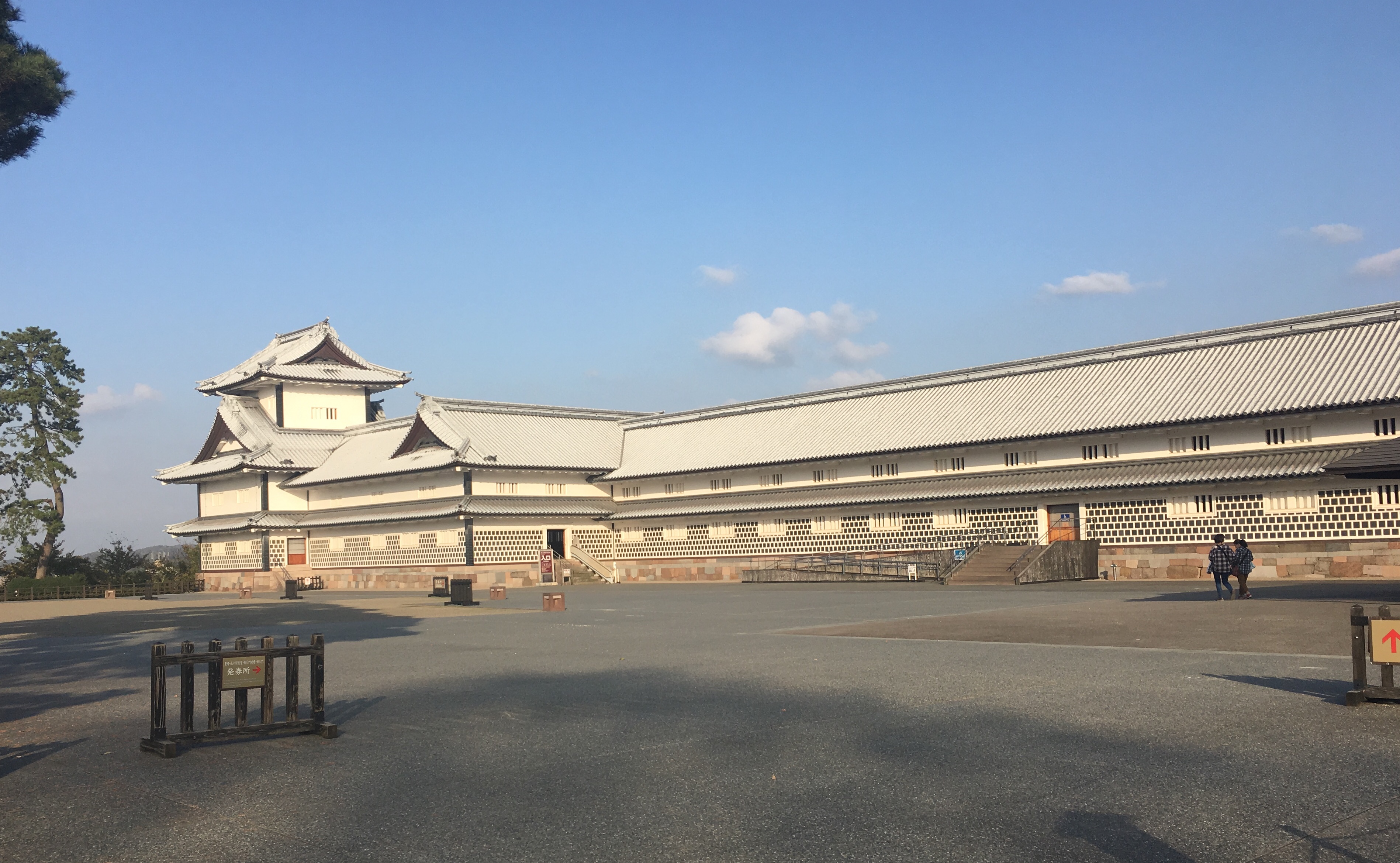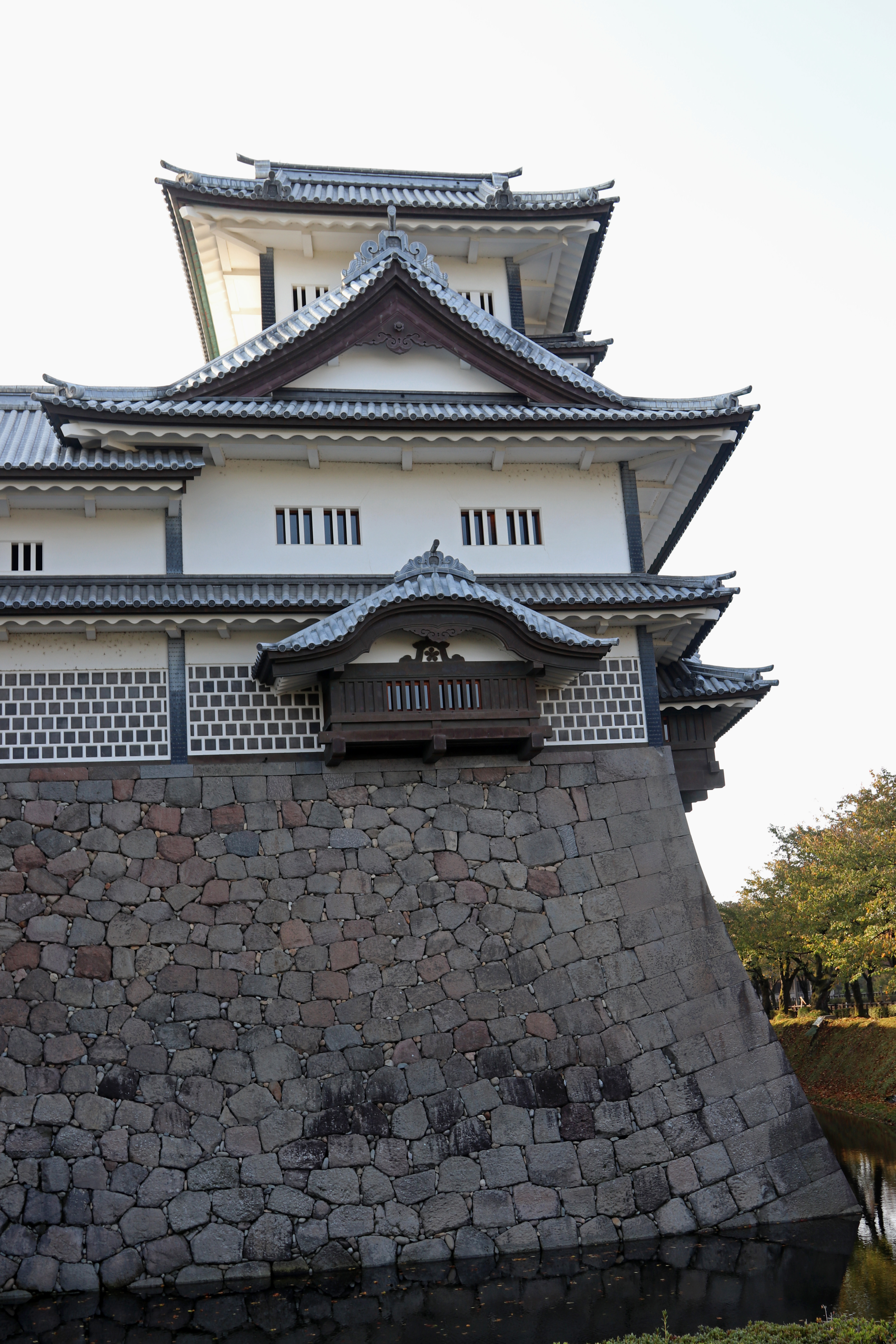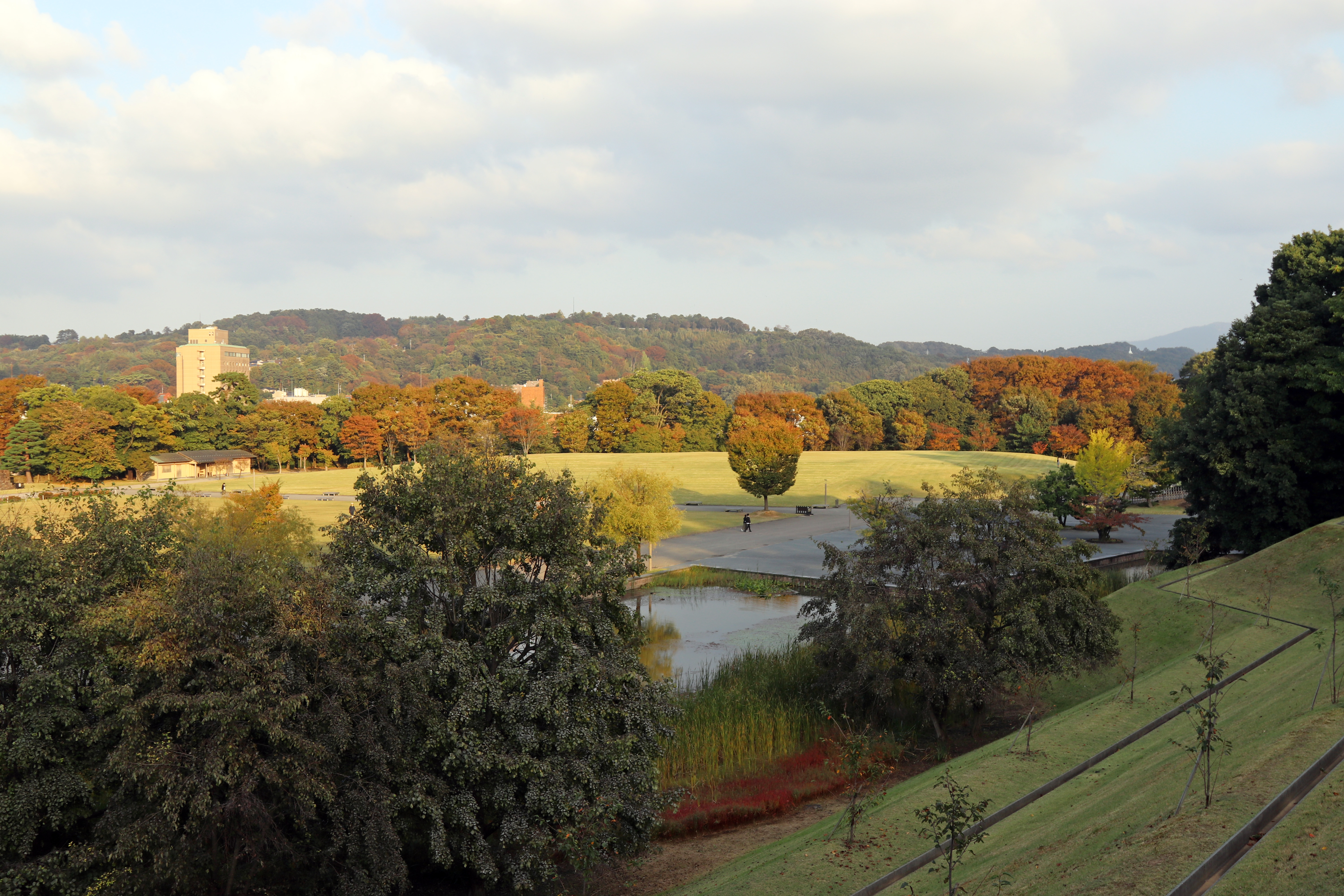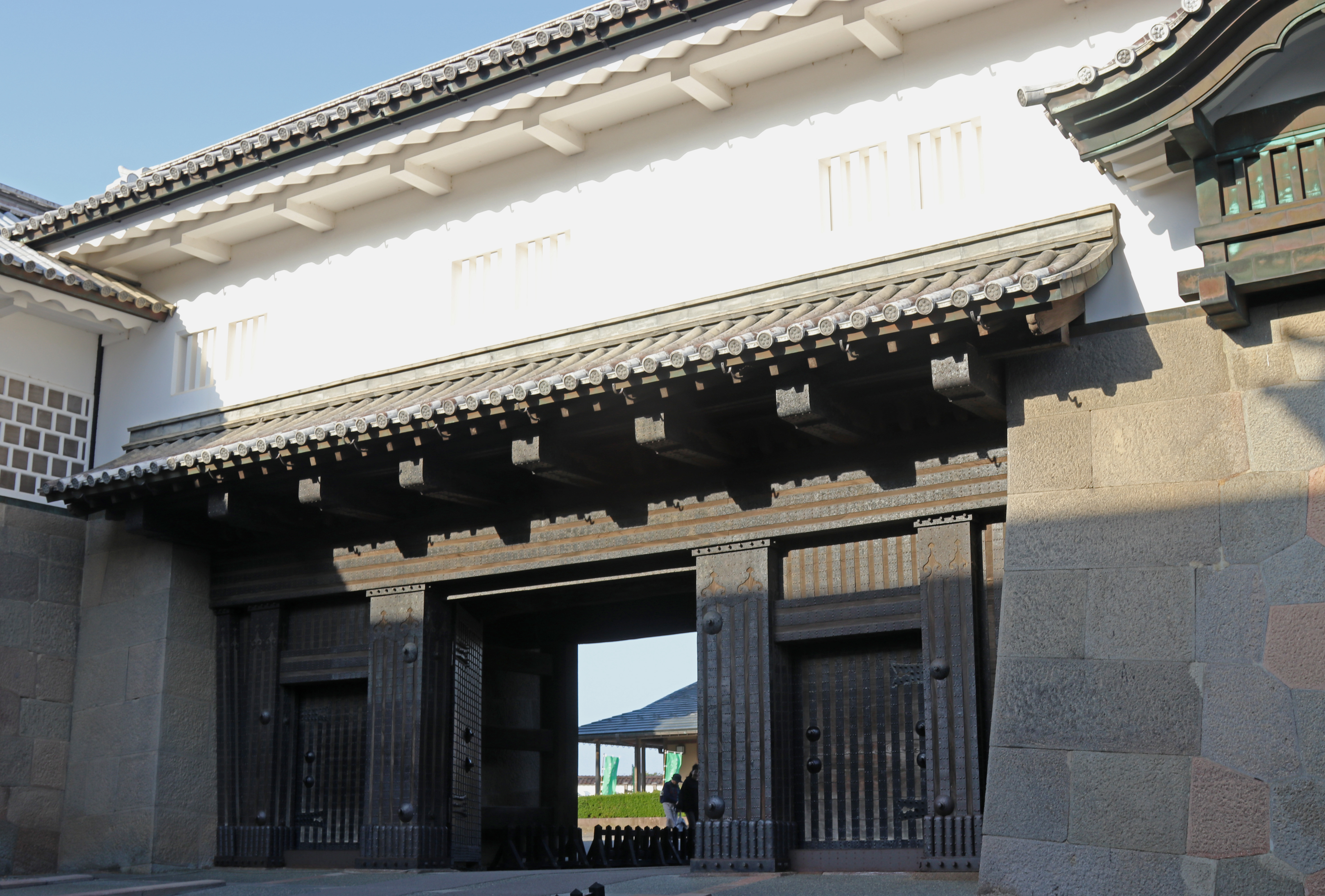Kanazawa Castle
We entered the castles grounds and large park area from the most popular approach, which is through the Ishikawa-mon Gate, as it’s located only a few meters from Kenrokuen main Katsurazaka Entrance. The castles grounds can also be accessed by many other entrances.
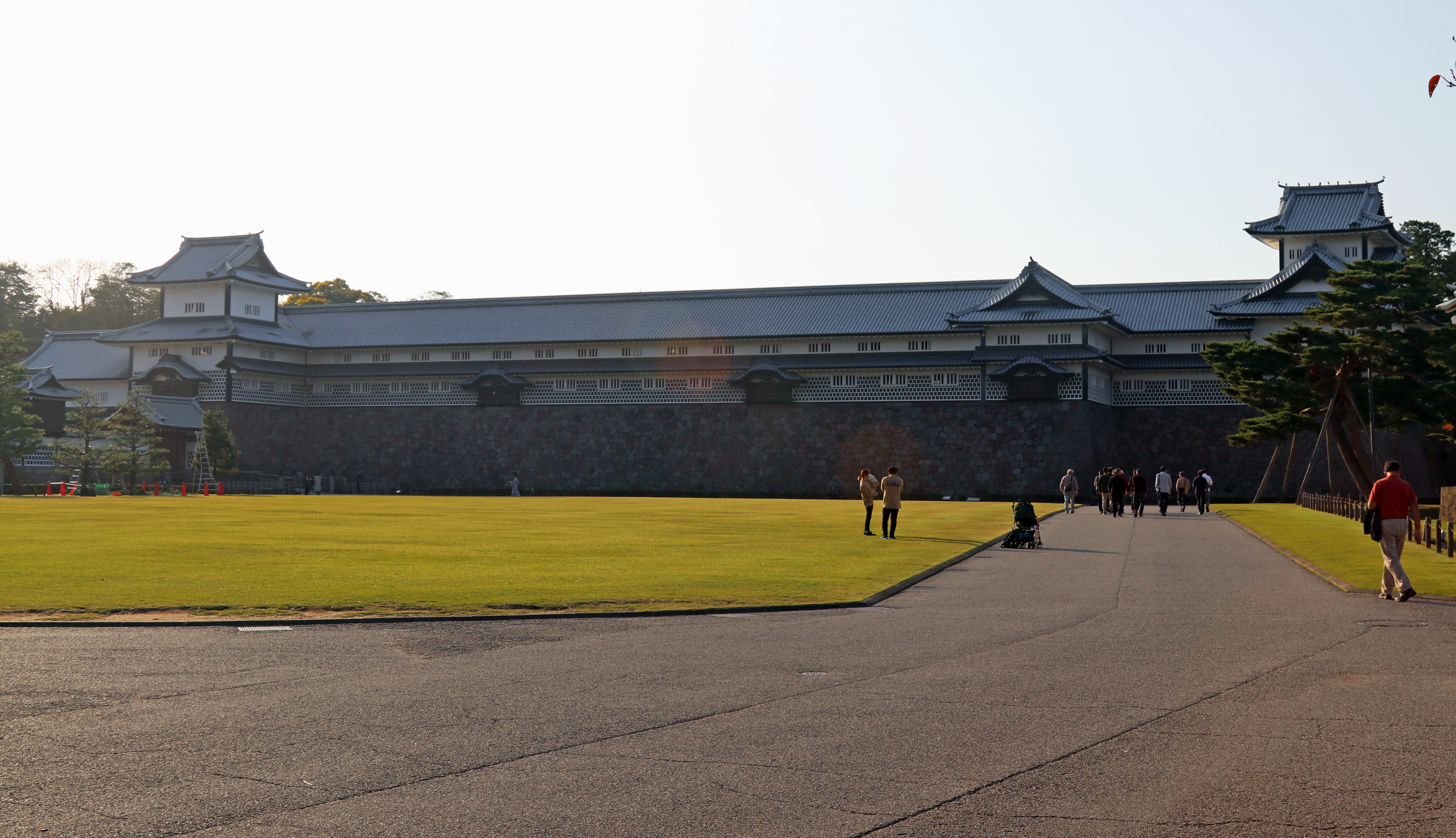
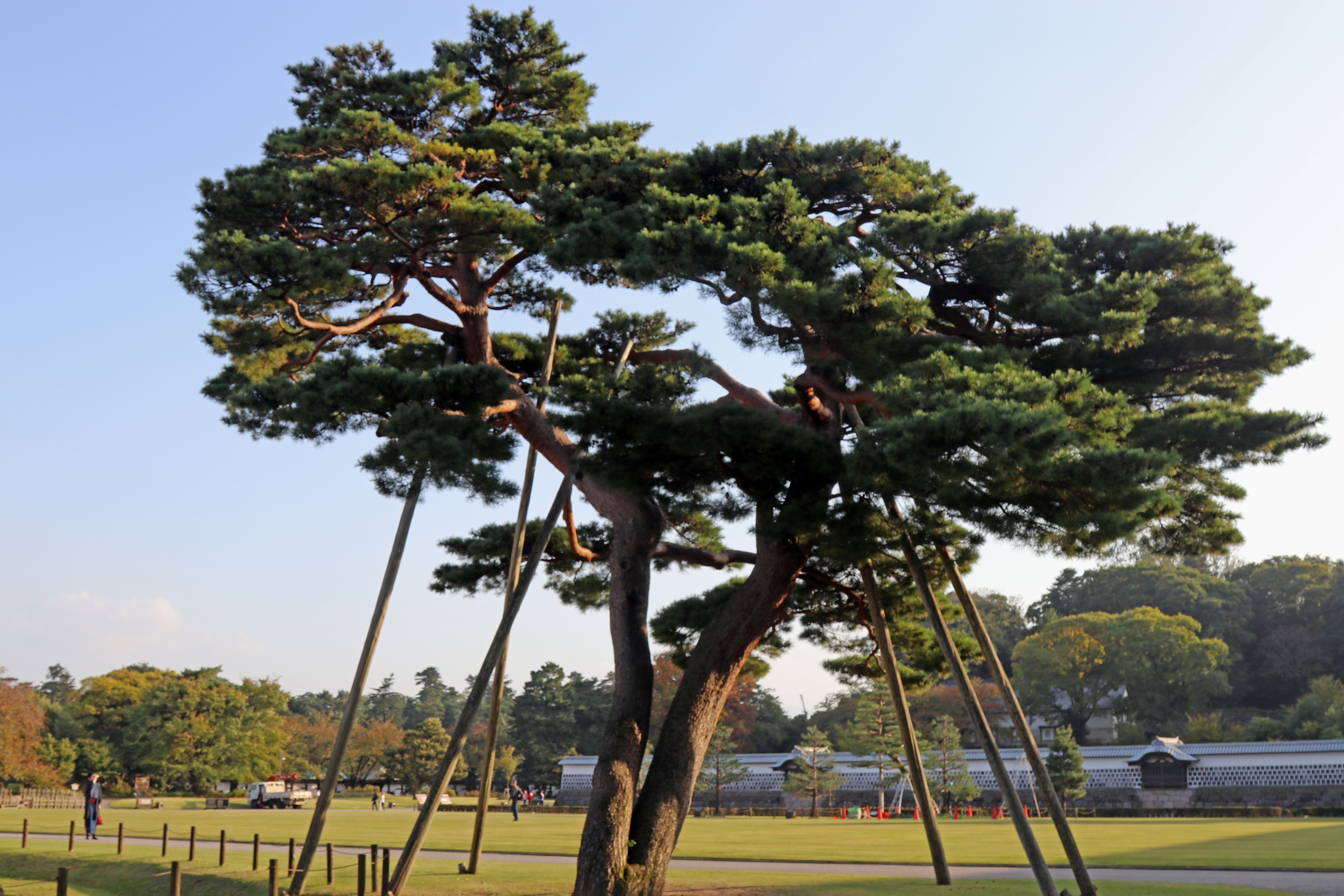
Kanazawa Castle was built in 1580 and housed the
Maeda clan for 14 generations until it was ultimately destroyed by fire in
1881. The castle burnt down several times over the centuries, after the 1881
fire only two storehouses and the Ishikawa-mon Gate survived. The graceful
surviving Ishikawa-mon Gate was built in 1788 and faces Kenrokuen, of which it
provides a dramatic entry.
Kanazawa University occupied the former castle
grounds for several decades, until the campus was moved to the city’s outskirts
in the early 1990s. Since then, a project has been underway to rebuild the
castle’s former buildings.
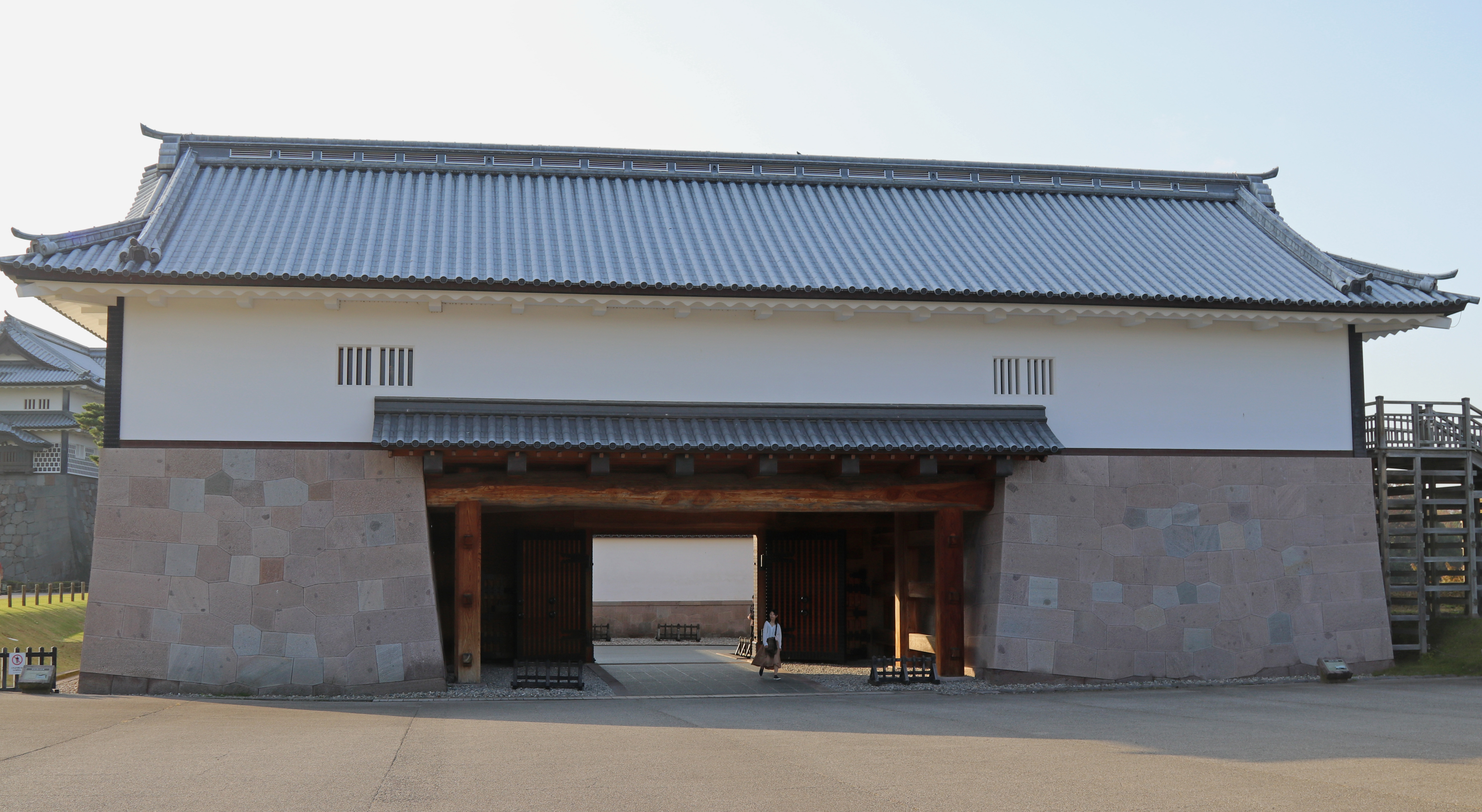
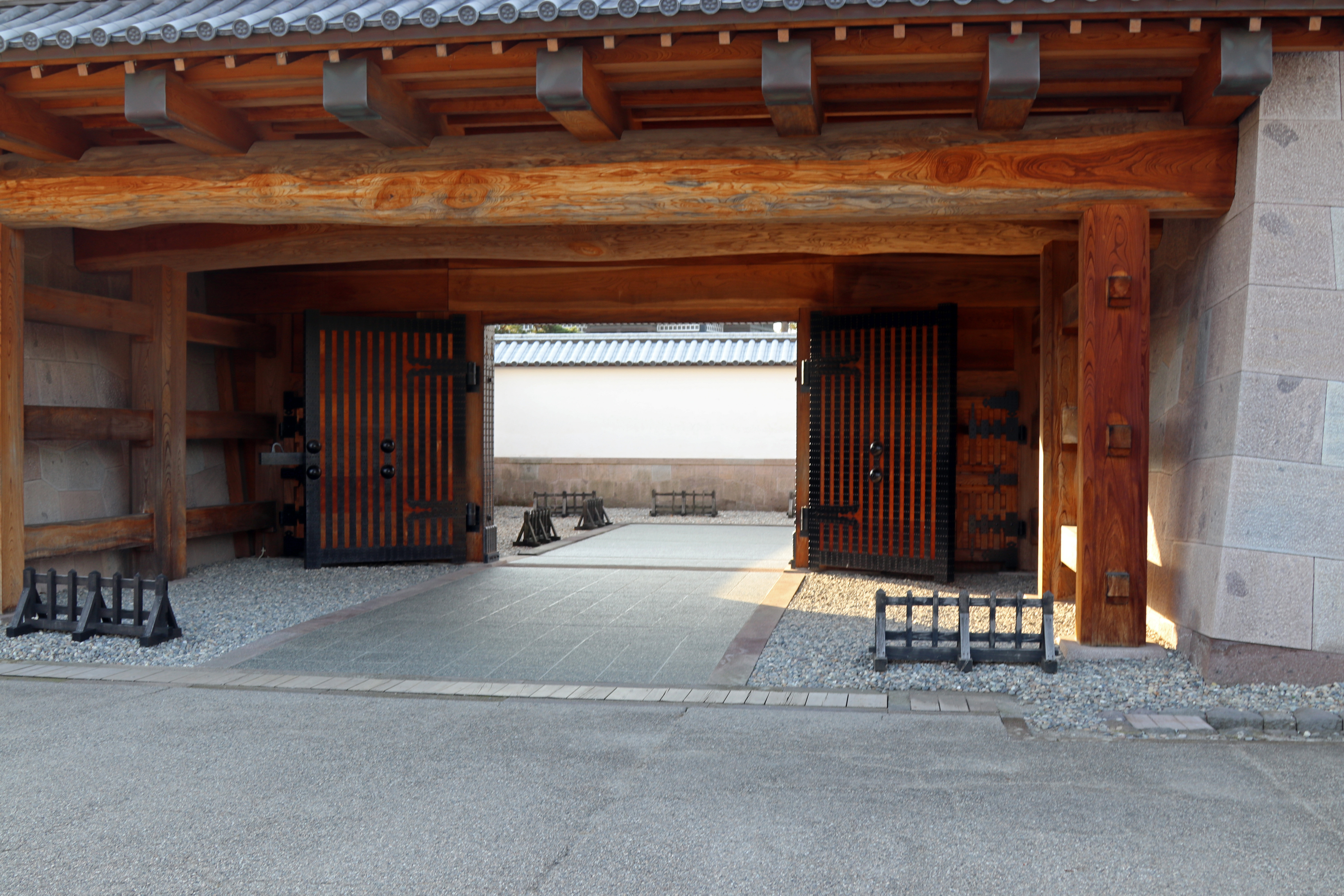

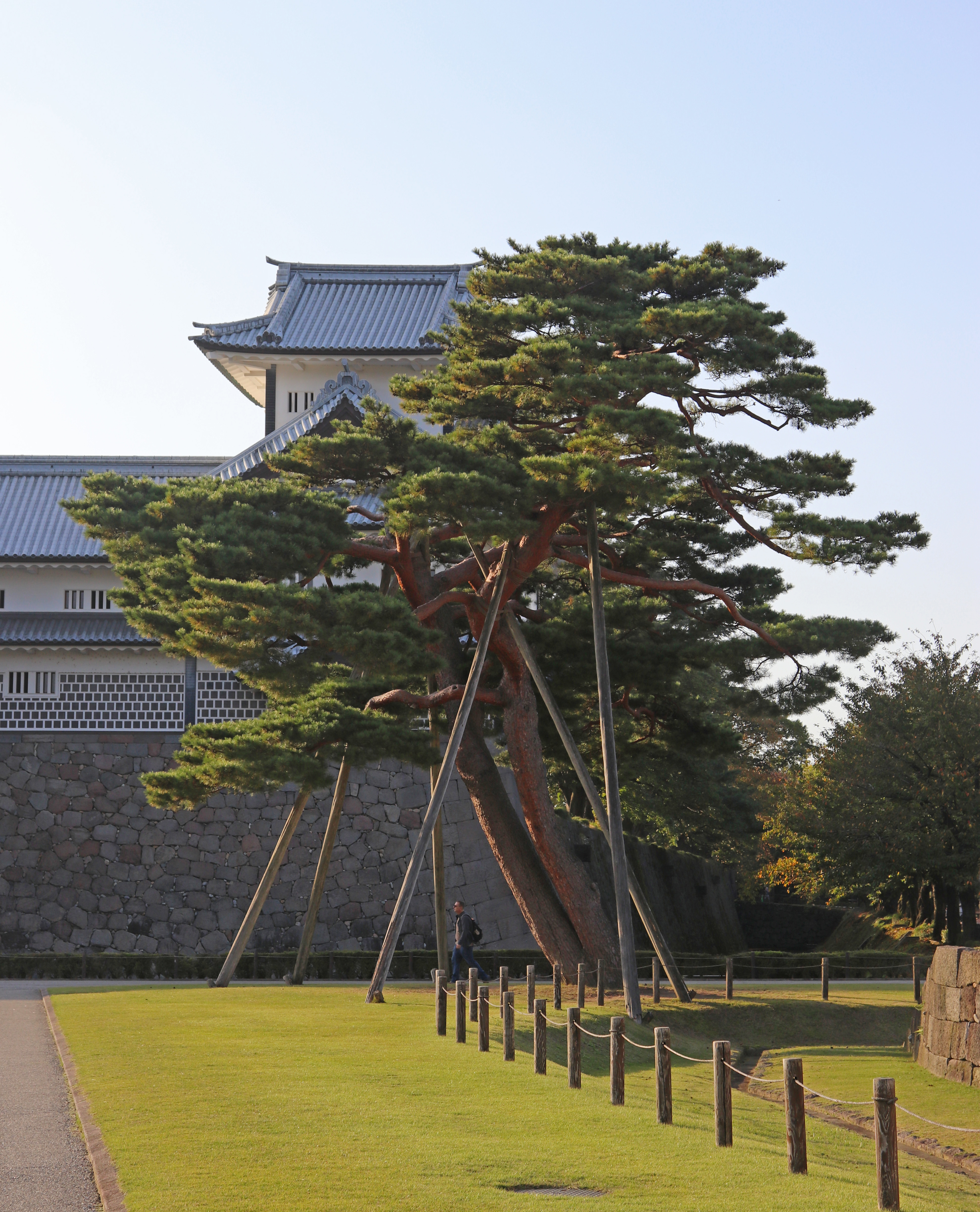
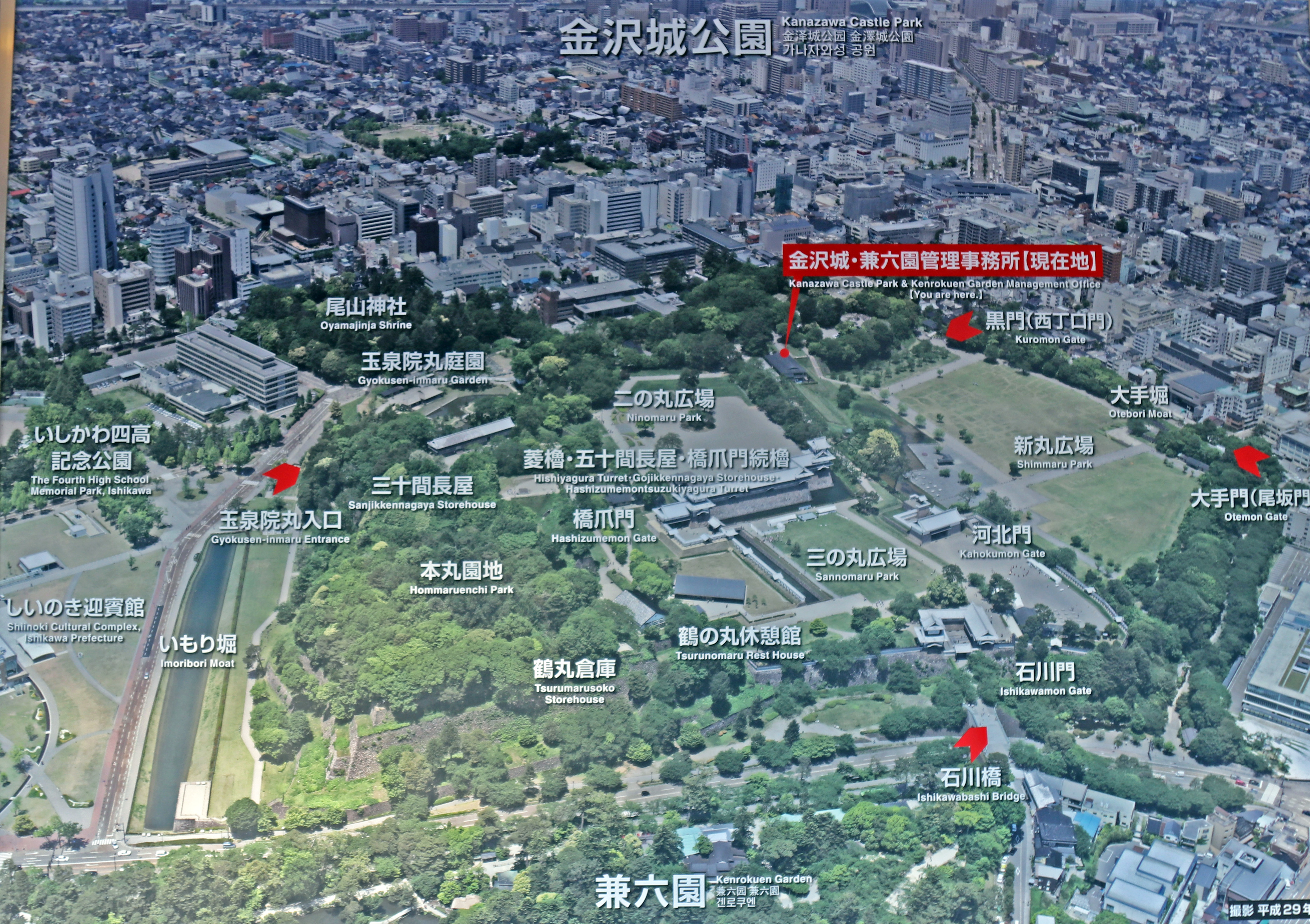
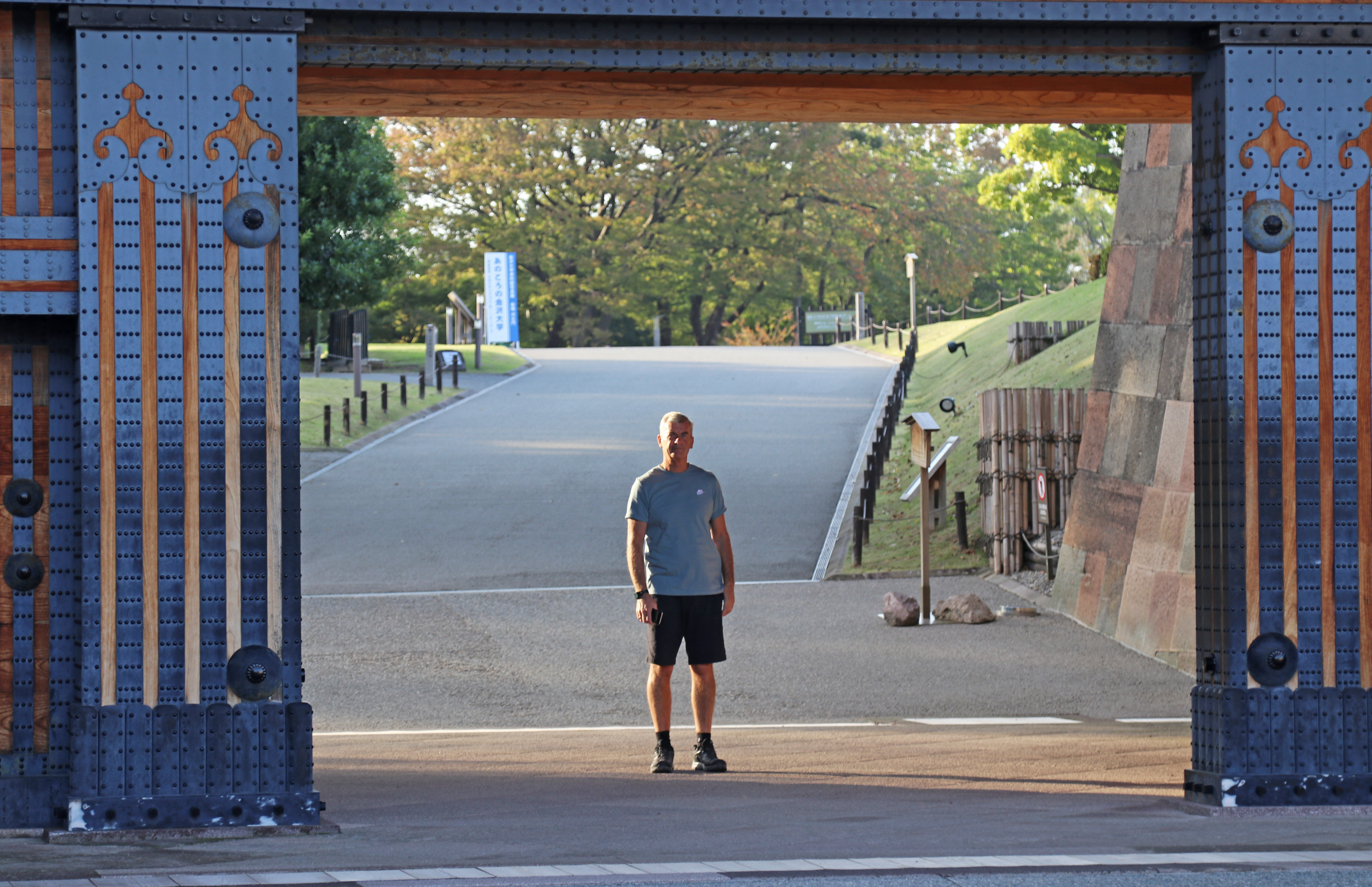
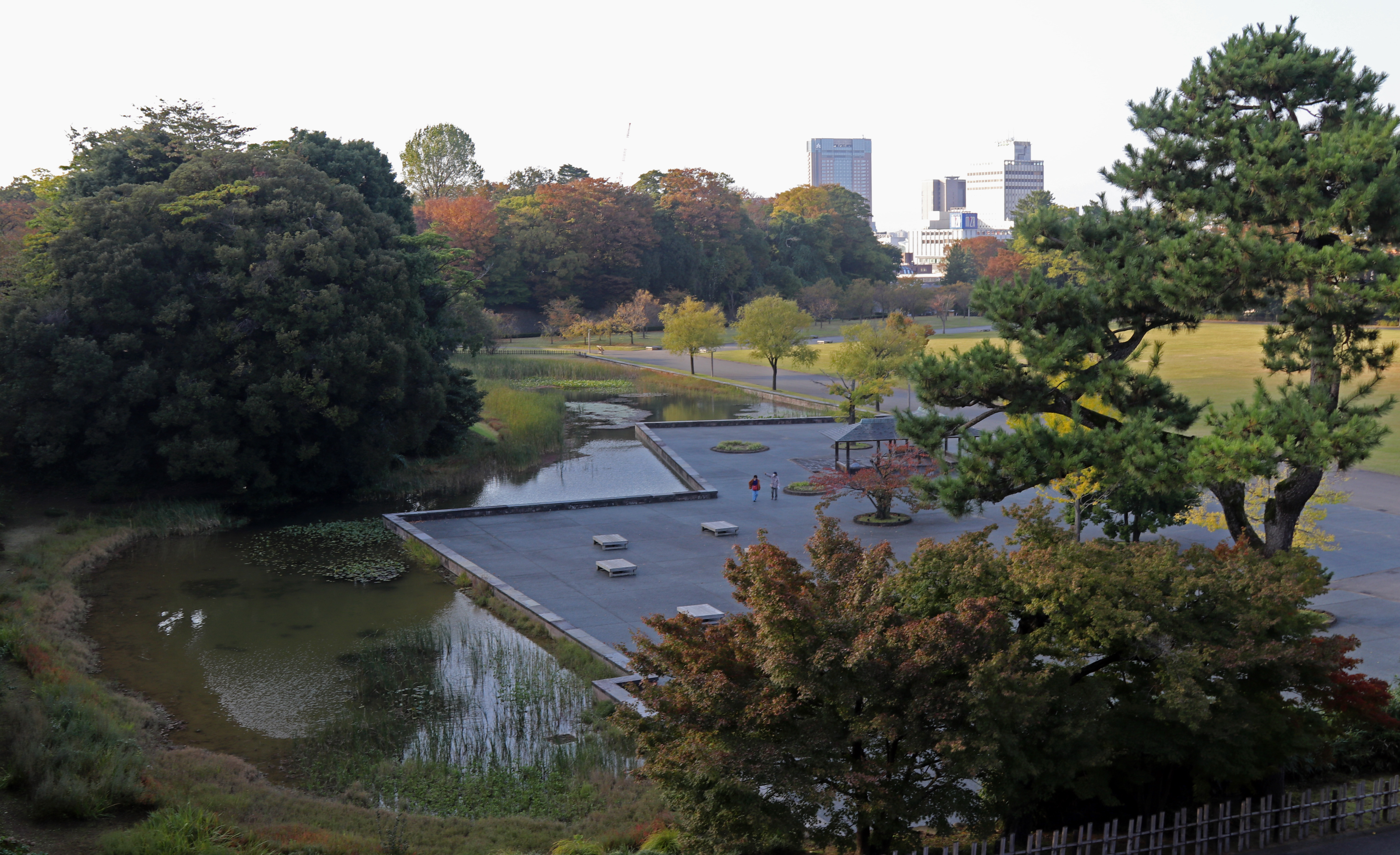

Walking through the entrance gate, the castle grounds are vast, with a large expanse of lawned area in front of the Castles impressive two turrets, which are connected at either end of its long storehouse. There were also some stunning pine trees on the grounds, and again some using the same technique of large poles supporting the branches.

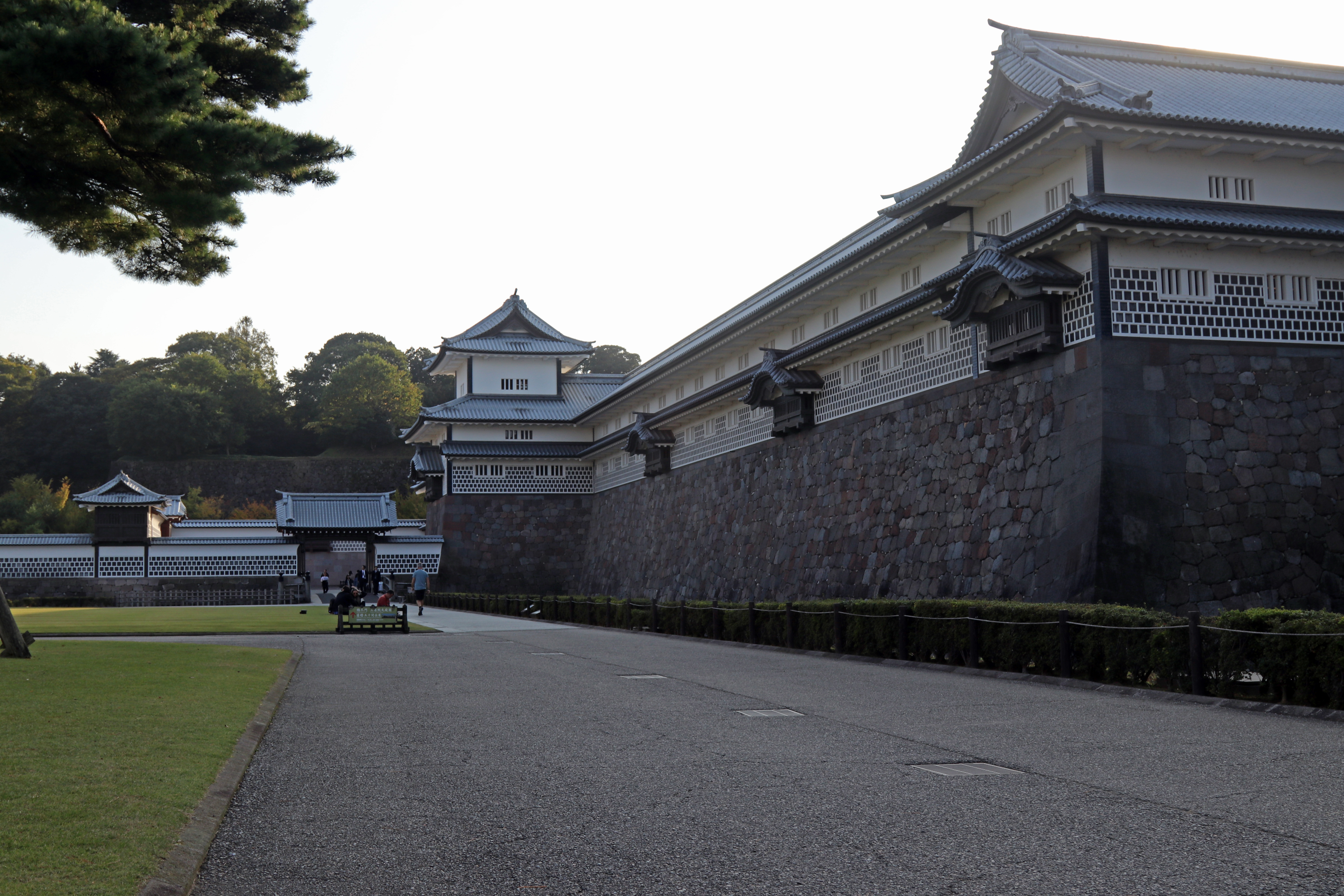
The castle buildings that were reconstructed first, were the two turrets, “Hishi and Tsuzuki Yagura” and the long storehouse “Gojukken Nagaya” which connects the two turrets together. They were restored by traditional means to their original 1850s appearance and opened to the public in 2001. Several of the castles other gates have now also being reconstructed, including the former main entrance gate, the Kahoku-mon Gate (2010), the Hashizume-mon Gate (2015) , and the Nezumita-mon Gate (2020).

After exploring the grounds in front of the castles building’s we went through the Hashizume-mon Gate which led us to the Ninomaru square, which was behind the buildings. The Ninomaru became the centre of the castle, after the castle tower was destroyed by fire in 1602, of which there was a magnificent palace that survived for more than 120 years, before being destroyed by a large fire in 1759, along with most the castle.
We walked across the Ninomaru square to access our
next stop, the Gyokuseninmaru Garden.
